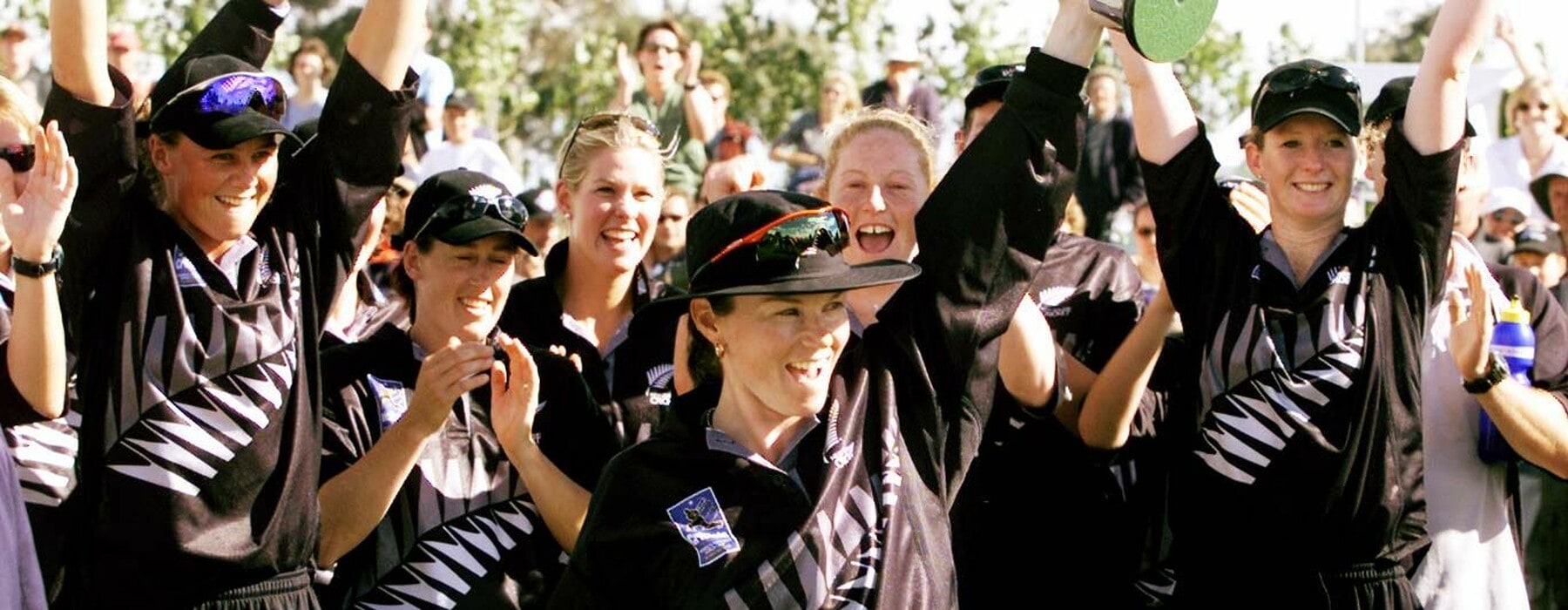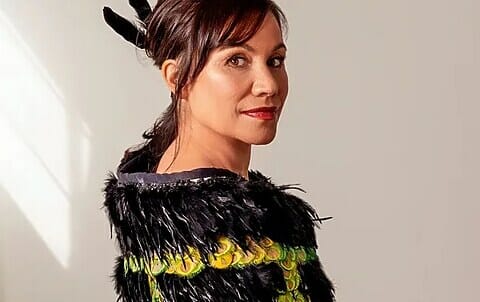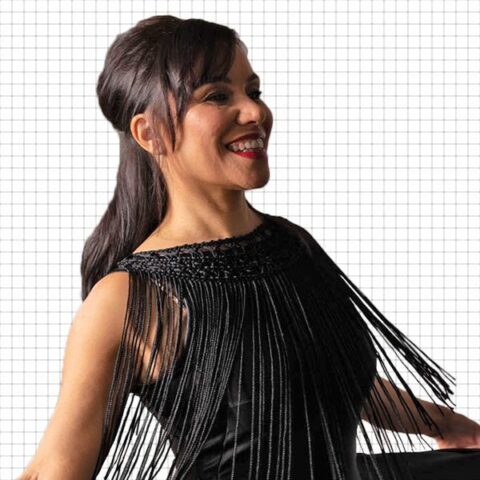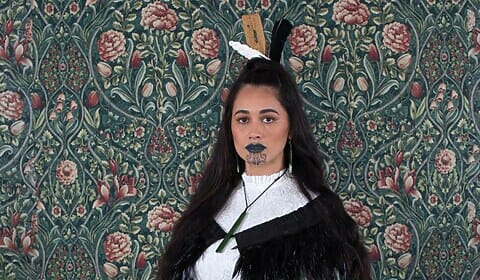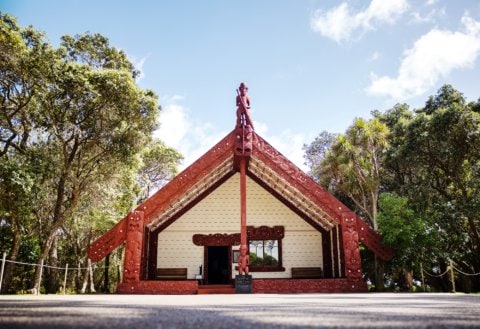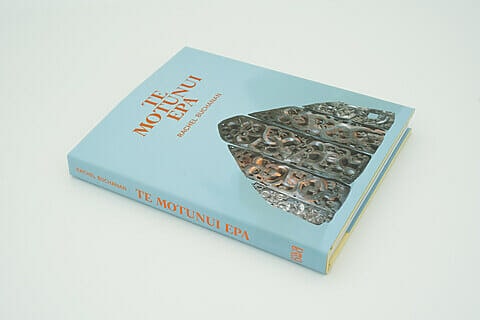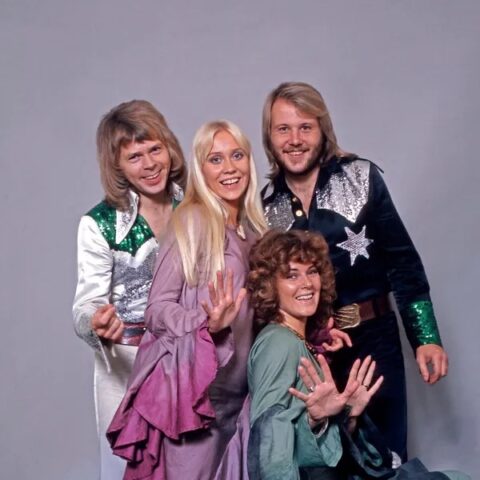A 400-page critique of New Zealand Cricket changed the game – but the playing field isn’t quite even yet.
It takes a lot to admit you’re wrong, to put up your hand and say “I stuffed up”. It’s harder still when the people you’ve let down represent an entire section of society, and even more so when you’re one of the highest profile sports in the county.
There’s been numerous sports reviews of late. Hockey, cycling, canoe racing, netball and rugby have all aired their dirty laundry to varying degrees, some involving serious welfare issues, others performance-related.
New Zealand’s Cricket’s public mea culpa in 2016 was different – it admitted it had let down women and girls. It took a while to get there and things had to have become pretty bad for it to occur but it brought about a huge change in the sport and led us to the point we’re at now; hosting the ICC Women’s ODI World Cup.
We’ve come a long way from when New Zealand last hosted, and won, a Women’s Cricket World Cup. In 2000, all the teams stayed in dorms at Lincoln University and matches were played at a couple of boutique Canterbury grounds. New Zealand, with a team featuring some of our greatest-ever players, won a thrilling final against Australia.
The match was televised live and the sight of happy fans storming the ground to celebrate with the likes of Debbie Hockley, Rebecca Rolls and Katrina Keenan is etched into our sports folklore. It was a time of huge excitement.
And then, nothing. New Zealand Cricket dropped the metaphorical ball and rather than capitalise on an incredible moment, the women’s game, which had been stumbling since the Women’s Cricket Council amalgamated with NZC in 1992, was left to flounder.
It took another 15 years for the issues to be addressed, and that came in the form of a 400-plus page report authored by Sarah Beaman in 2016.
Beaman’s report found that women and girls had effectively been sidelined from the game. Sixty percent of clubs offered no cricket for girls and only 10 percent of all players were female. Additionally, women only held six percent of governance roles, while the report talked to a “lost generation” of female players.
It was uncomfortable reading for the cricket hierarchy and was met with an “about time” feeling from women in the game who were finally being heard. Beaman’s report included 17 recommendations with its top priorities to bring more women into governance positions and increase female presence in coaching and umpiring. It also highlighted the need for better development pathways and to televise elite women’s games alongside the men.
It seemed fanciful, even just a few years ago, that New Zealand would then therefore not only be hosting the tournament again but with a White Ferns team of well-known, if not household names.
Sophie Devine and Amelia Kerr have both spoken openly about their individual serious mental health challenges in the past year. Suzie Bates, a double international, broke ground as an assistant coach of the Otago men’s basketball team. Lea Tahuhu and Amy Sattertwhaite, a married couple within the team, tour with their daughter. Frankie McKay and Katey Martin have made waves for their insightful analysis and warm personalities in the commentary box over the men’s international season. That’s just their off-field work.
On the field, the White Ferns have had a roller coaster few years with some outstanding results and some shockers. But what we have seen in that time is genuine reporting by the media of those performances. Male cricket writers have dissected their matches and applied almost the same lens they would on the Black Caps games; they’ve praised wins and critiqued losses.
If a measure of gender equality in sport is genuine analysis of performance rather than a token match report, then women’s cricket has made big strides.
At the time of Beaman’s report, NZC had one female director out of eight. It now has a 50/50 gender split and its president and vice president are women. The six Major Associations, which effectively run the domestic game, had a 40 percent gender target by 2019 which they all reached, although there is a concession that at club level there is still work to be done in terms of equality of governance.
It’s not to say things are perfect, far from it. But cricket owned up to its issue and set about making things right, many in the sport significantly changed their mindsets, and those at the top of the game listened. Whether any of it results in the White Ferns winning this World Cup, which is a huge task, the groundwork was laid for them to perform to their best and for individual players and the sport to capitalise.
The word we often hear when cities or countries bid and then host a major sporting event is “legacy”. It’s become a big part of the criteria that a bid is judged on and while it can be a slightly nebulous term, every local organising committee will have a detailed plan to leverage their tournament and build something beyond the month or so that they’re in the spotlight.
Twenty years ago, New Zealand Cricket missed its moment and has now earned a second chance. What happens after this World Cup is over and the focus has dimmed a bit is just as important as whether or not Sophie Devine lifts the trophy on April 3.

